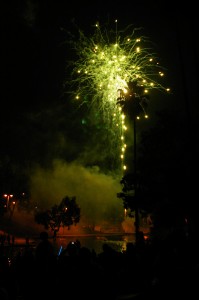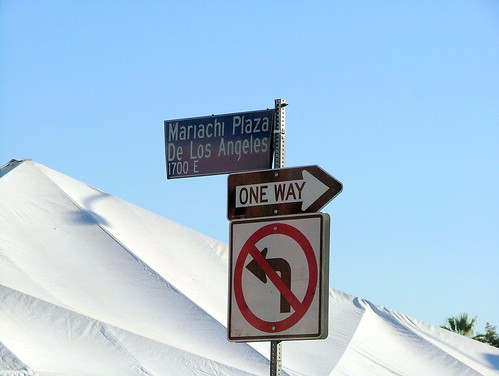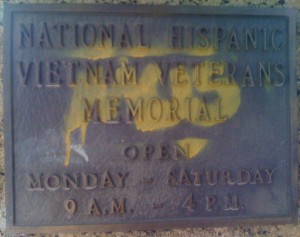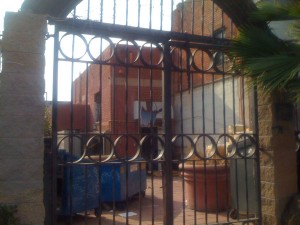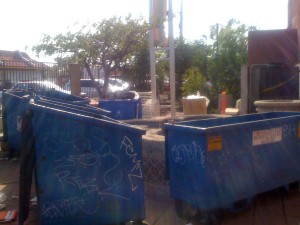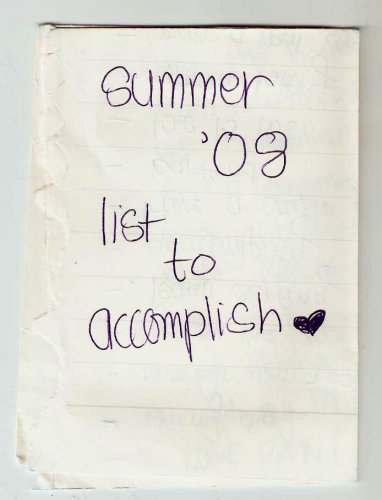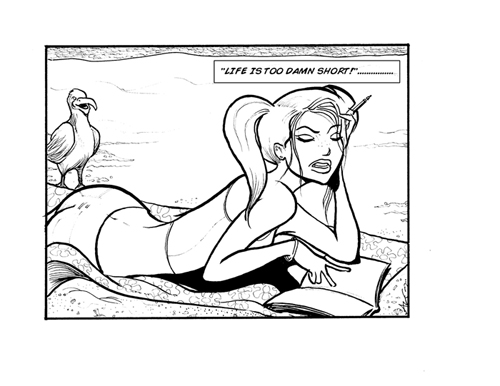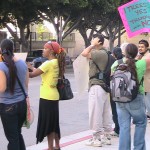
I briefly mentioned my distaste for “Edible Estates” in a previous post and I figured I’d expand a bit on why that “project” annoys me. I don’t dislike the concept, quite the contrary: everyone in this city should stop watering their wasteful lawns and plant some food instead, for the good of the environment and for gustatory pleasures. But the amount of press and coverage for what ultimately amounts to just an activist art project is unmerited, especially when the garden proposal Haeg makes is a reality for many working class families in Los Angeles. Since he was living in Mt. Washington when he did this project he should have been aware of the gardening practices right around NELA, he ought to take a stroll down the hill once in awhile just to see how the flatlanders live. I took the following pics of front yard gardens in Lincoln Heights mostly in one day, just riding around randomly on my bike. They’re everywhere.
The LA Times recently did a story on a place called Skyfarm (in Lincoln Heights no less) about a middle class family building a “country escape” in the urban environment, meaning they grow food and have some chickens. Oh wow, how unique. Here’s what I read as the subtext: when poor people grow food and raise chickens in the city, they’re just poor and desperate, and that lack of intent gets them no carbon credits. When middle class (often white) folks do the same thing, it’s an exploration in sustainable living and a return to homesteading. This should be no surprise to Eastsiders, as we’ve learned how things work when you’re outside of the media loop: your shit don’t matter ’til they say it does.
Though (and because) they may be off the radar of those that dictate the social gaze, I present you with pictures of green living done on the cheap! Lack of theory does not negate the practice! Be an urban pioneer and click ahead for the tour! (Warning: lots of pictures ahead. I highly recommend you read this on company time.)

